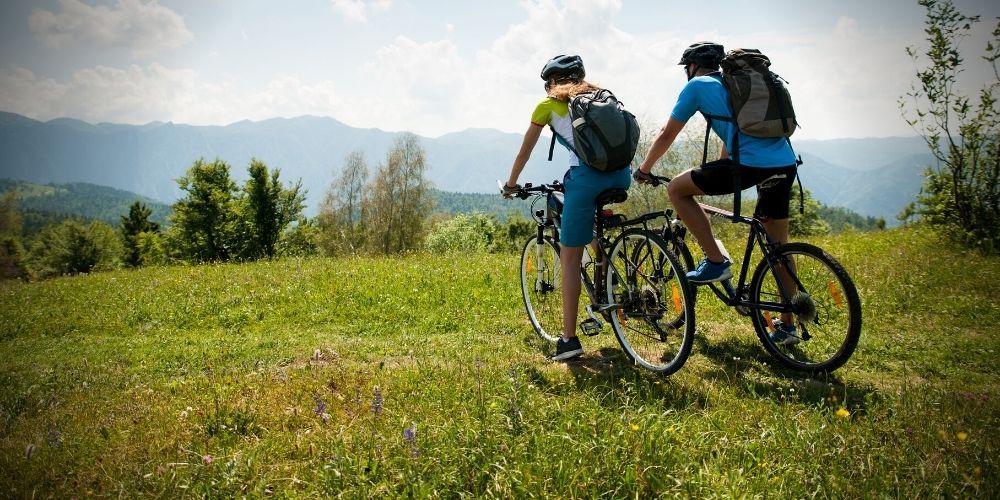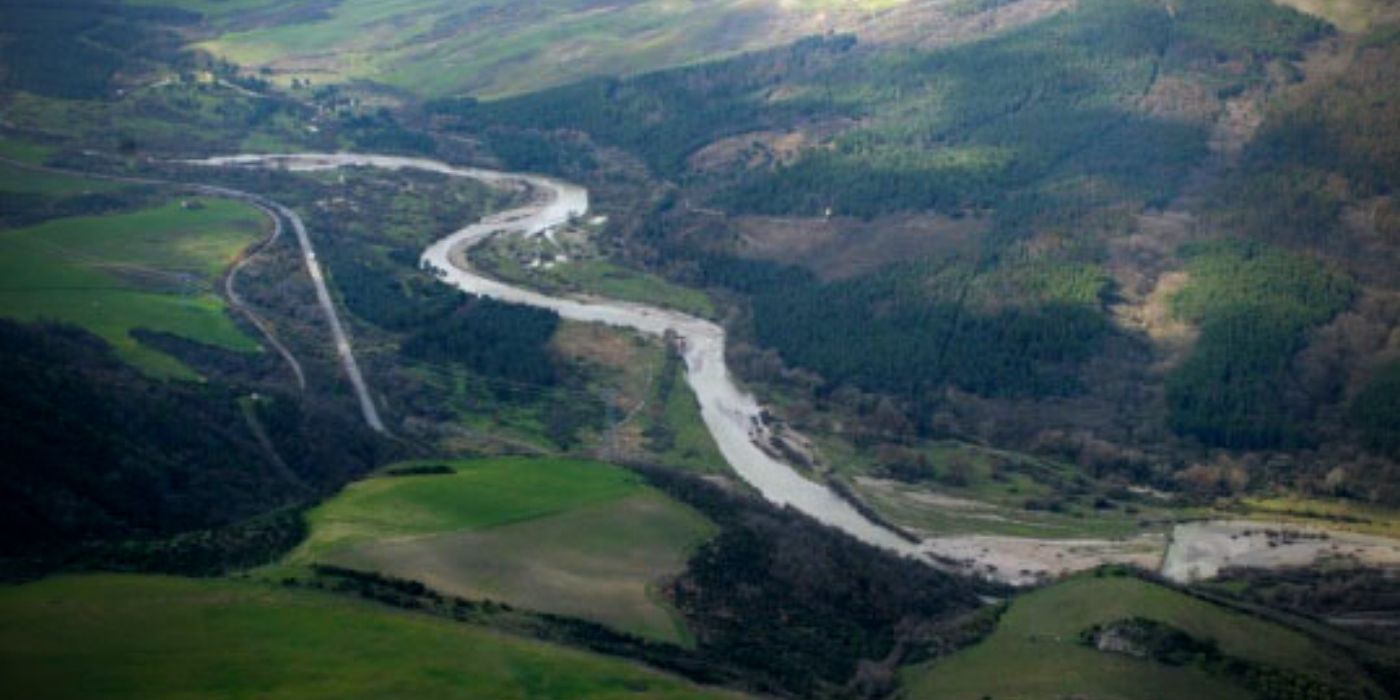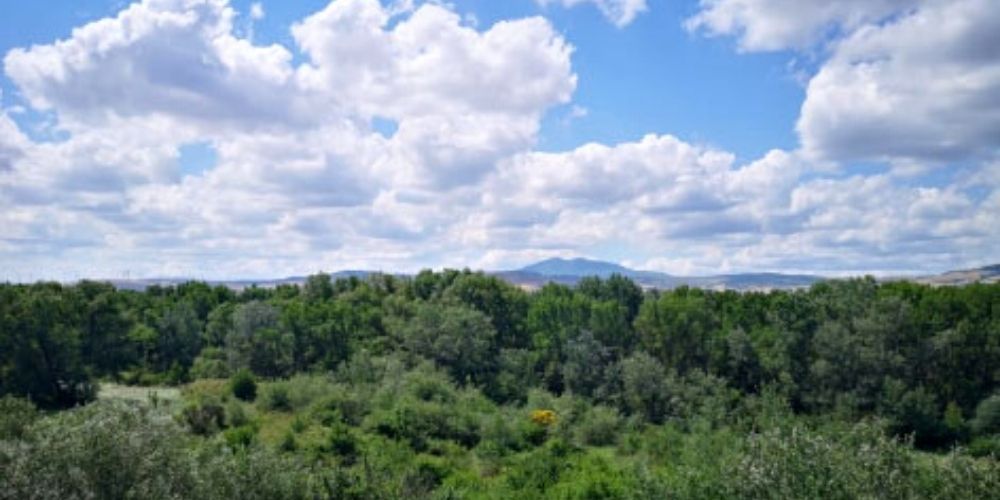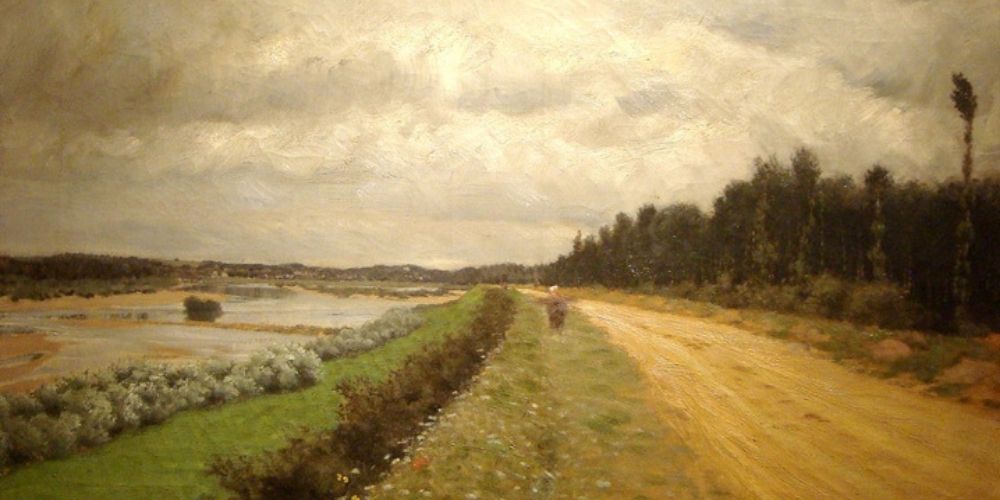What do you think of when you hear about Apulia? Probably the summer, the sun, the sea and the beautiful landscapes of its coastline. But this land, of course, is not just that.
There is an Apulia you don't expect, with a very strong territorial identity sculpted over time by years of history, culture and art, where you can find peace and equilibrium living the unique experiences that only slow tourism can offer.
To tell you more about this unusual Apulia, we take you to the Ofanto River Regional Natural Park.

Ofanto River Regional Natural Park: slow tourism made in Apulia
Ofanto River Regional Natural Park was established in 2007 and covers an area of about 24,000 hectares between the provinces of Foggia and Barletta-Andria-Trani, in the northern area of Apulia.
In particular, crossing from the most suggestive villages set in this landscape to the most populous urban centres, there are eleven municipalities which are settled in the Ofanto River Regional Natural Park: Ascoli Satriano, Barletta, Candela, Canosa, Cerignola, Margherita di Savoia, Minervino Murge , Rocchetta Sant'Antonio, San Ferdinando di Puglia, Spinazzola and Trinitapoli.
The main feature of the territory of the Ofanto River Regional Natural Park refers to the path traced by the watercourse, with a length close to 100 km in Apulia, descending from the Daunia and flowing through the Tavoliere to finally flow into the Adriatic Sea. These places, so different yet so strongly united by the presence of the Ofanto as a key factor for the local culture, today are wonderful spaces of a territory which claims its own identity and finds itself as an alternative and interesting destination for tourism in southern Italy.
An unusual side of Apulia in the name of slow tourism, the new tourism trend that contrasts the hectic daily routine with a slow way of traveling, human-shaped and sustainable.
Let yourself be welcomed by the beauty of the Ofanto River Regional Natural Park and discover the culture enclosed in its villages, the energy and passion of the unique experiences that this land can give you: hiking in the countryside, historical places to visit, stories to discover and many outdoor activities in touch with the lush Mediterranean nature of the Apulian landscape.
Do you want to know more about Ofanto's territorial identity and what to do and visit during your journey to the Park? Keep reading and you will discover a new way of experiencing tourism in Apulia.
What to do at the Ofanto River Regional Natural Park: hiking and cycling holidays

The Ofanto River Regional Natural Park aims to promote its territory as a tourist destination especially for people who love to enjoy unique outdoor experiences immersed in the green landscape of Apulia.
Its territory offers many opportunities for hiking and outdoor sports. Among the most suitable activities, trekking and nordic walking stand out especially through the paths in the hills and along the river, where it is possible to enjoy the natural panorama and meet some of local fauna such as the otter (this animal is the symbol of Ofanto), the toad and several species of birds, especially woodpeckers.
During your exploration, don't forget to admire the surrounding environment and all the places of historical and landscape interest which make the identity of Ofanto's people: from the geological formations near Rocchetta to the quarries of San Samuele, the ruins of Canne della Battaglia and the archaeological park of the Via Traiana, passing through the farms, the beautiful historic centers and the religious structures set in this area, you will visit an exciting page of history at every step.
And for the most sporty? The park allows those who want to practice outdoor sports to experience the sense of freedom that contact with nature can give. In particular, the Ofanto Cycle Path (or Ciclovia) is one of the longest routes in Italy for cycling holidays: 150 km connecting Irpinia to the Adriatic Sea following the course of the river, a travel itinerary full of archaeological treasures and natural gems to face riding your bike or relying on your legs. In fact, Ciclovia offers to travelers day tours and thematic stages of several difficulties, giving everyone the opportunity to get a chance at outdoor activities and challenging the most competitive sporty people around. Do you accept? If the answer is yes, then come and discover the Ofanto River Regional Natural Park.
Did you know that the Ofanto Ciclovia dell'Ofanto app exists? You can download it below.
Download Ofanto Cycle Path's appWhat to see at the Ofanto Valley: the identity of a territory between history, art and culture
The territory of the Ofanto River Regional Natural Park is a perfect example of how centuries of history, arts and culture can shape the identity of a land which has always been featured by the significant presence of the most important waterway on the Adriatic side after the Po River: we are talking about the amazing Ofanto Valley.
The history of Ofanto and the Valley has very deep roots, which go back into the history of humanity in ancient times in presence of ancient peoples who inhabited this area, as evidenced by the menhir: a prehistoric monument made up of a single block of stone about 3 meters tall and fixed to the ground.
In Roman times, the territory of the Park had a remarkable period of growth and development, so relevant that Ofanto also finds resonance as an important symbol in the Odes of Horace. The passage of Rome into the Valley is still evident today thanks to the historical traces of the site of Canne della Battaglia - where the famous clash between the Romans and the Carthaginians took place - and of the archaeological park of Via Traiana near Canosa. Any examples? The Roman bridge over the Ofanto, the arch of Trajan, the Bagnoli mausoleum and the baptistery of San Giovanni. Great tourist relevancy is also given to the local religious buildings, such as the sanctuary of the Madonna di Ripalta near Cerignola and the sanctuary of the Madonna del Bosco di Montemilone, on the border with Basilicata not so far from Minervino Murge.
With such an impressive setting of beauty and cultural richness, no wonder that the Ofanto Valley was one of the stages of the Grand Tour, a real travel itinerary in which young European aristocrats took part in the frame of neoclassicism. Setting out to discover the Ofanto, its valley and its local culture meant coming into contact with one of the places where the classical world has left a great legacy, made up of stories, monuments and ruins - such neoclassical cult objects. It is not a simple coincidence that the love for the classics found its best expression in arts, with particular emphasis on the watercolors of Louis Ducros, author in 1778 of the "Roman bridge of Canosa" and the "View over Canne plain of the Battaglia” - we relate him with Giuseppe De Nittis, an artist born and raised in the Ofanto area to whom he has dedicated many works of great artistic beauty.
The relationship between the Grand Tour and the Ofanto Valley was a particular bond of give and take: in fact, if on one hand the aristocrats drew from these spectacular places a deep knowledge of the classics and the beauty of the Mediterranean, on the other one they had the possibility of bringing ideas that were completely unknown to this territory. This led to the socio-economic growth of the area during the 19th century: a few examples are the making of the first railways promoted by Giustino Fortunato between 1891 (Rocchetta Sant'Antonio-Lacedonia, then connected to Gioia del Colle, too) and 1895 (Barletta-Spinazzola) and the development of one of the first great modern entrepreneurship in the South with Giulio Bucci along the Lamalunga, also known as the 'historic wine road' and a place for farms and agricultural production.
During the 20th century, the Ofanto Valley rediscovered itself as a battleground during the Second World War, surely a strategic point for the Allies but above all a symbol of southern resistance. After the war there were further interventions to improve the territory which were key both for the landscape and for the support to the primary sector: we’re talking about the artificial creation, through the construction of dykes, of the Locone and Capacciotti lakes - the latter today is still a place where you can look with amazement at the practice of transhumance.
To breathe in the identity of the Ofanto Park even more, we advise you to carefully visit the villages around its territory: in particular Villaggio Moschella and Borgo Libertà in the monumental Torre Alemanna (Cerignola), Borgo Loconia (Canosa) and Borgo Santa Chiara (Trinitapoli).
Do you want to relive the emotions of the Grand Tour travelers or are you simply looking for the perfect place to enjoy a quiet trip surrounded by nature? Discover the wonderful Ofanto River Regional Natural Park, the slow tourism made in Apulia: a land to explore, full of charm, history and beauty, with a tenacious personality and identity, a journey with a story to tell you.
About the author
Written on 22/03/2023






Massimiliano Antonio Primi
Are you looking for a travel experience in touch with nature? Discover the wonderful Ofanto River Regional Natural Park, slow tourism made in Apulia.